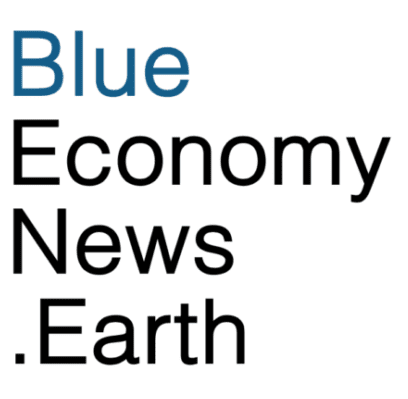U.S. National Oceanic and Atmospheric Administration Research has released an Ocean Carbon Observing Science Plan. The first subject-focused Science Plan within NOAA Research, it outlines and prioritizes scientific goals related to ocean carbon observing, and provides coordination across NOAA Research and with intra-agency, interagency, and international partners.
The ocean is the world’s largest carbon sink, absorbing some 30% of CO2 in the atmosphere along with 90% of the excess heat generated by human activities. Researchers have found that seaweed and ocean sediments along with mangroves and salt marshes, store a considerable amount of carbon, keeping it from the atmosphere. Protecting these ecosystems, and managing the CO2 in the ocean to avoid release of these carbon stores, is crucial to ocean health and combatting climate change.
More than 40 subject matter experts contributed to the study, which addresses the ocean carbon science questions NOAA Research ocean carbon experts deem the most important to answer over the next 10 years.
Some of the topics addressed in the plan include ocean carbon uptake and storage, ocean acidification, air-sea flux, data management, model and product development, and communication to end users, policy makers, and the general public. Parts of the plan were also informed by a landscape analysis of federal carbon observing efforts.
The organization said ocean, coastal, and Great Lake carbon observations provide critical information that helps support the development of future climate projections, adaptation and mitigation strategies, and policies that inform decision makers and advance the Blue Economy. There is a critical need to observe and monitor the changing ocean, especially given increasing national and international carbon observing directives on global carbon cycle topics such as greenhouse gas monitoring, ocean acidification, and the emerging carbon dioxide removal field.
This Science Plan aims to provide improved coordination and optimization of NOAA Research ocean carbon observing activities.

While this Science Plan focuses on NOAA Research’s ocean carbon activities, the NOAA envisions it serving as an actionable guide for intra- and interagency partners (such as NSF, NASA, USGS, DOE, EPA, etc.) to identify potential areas of collaboration.

